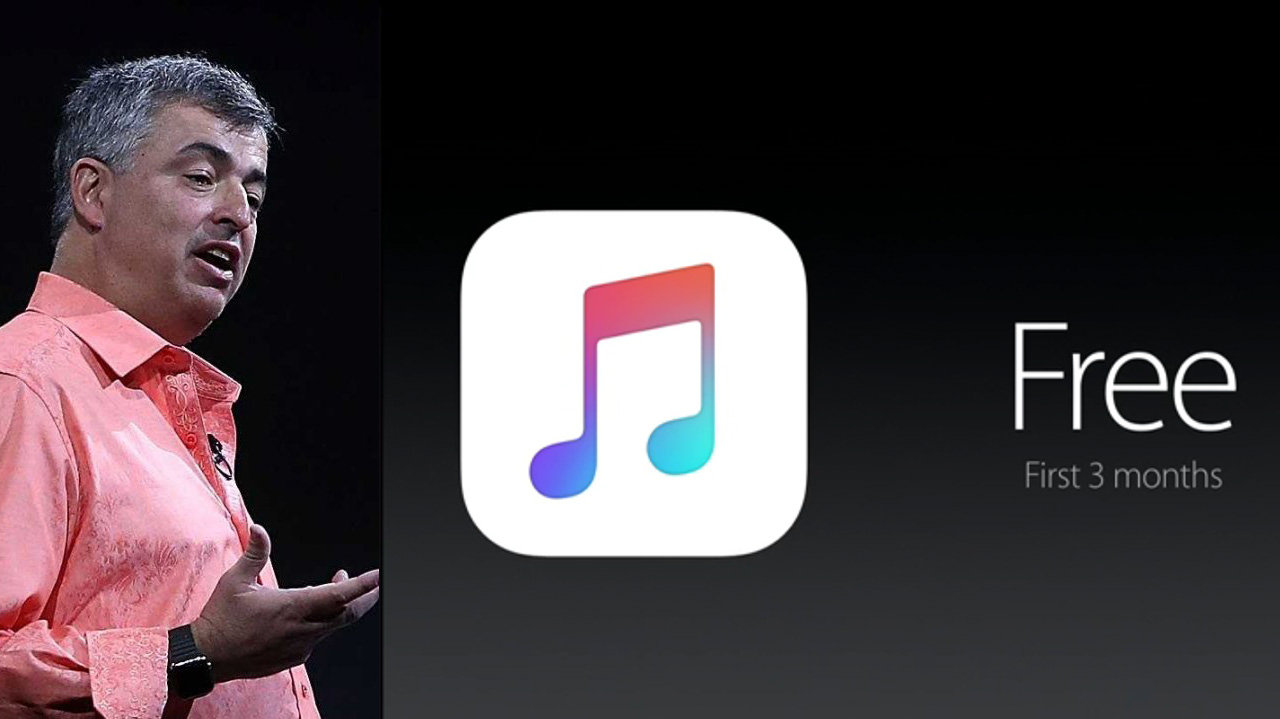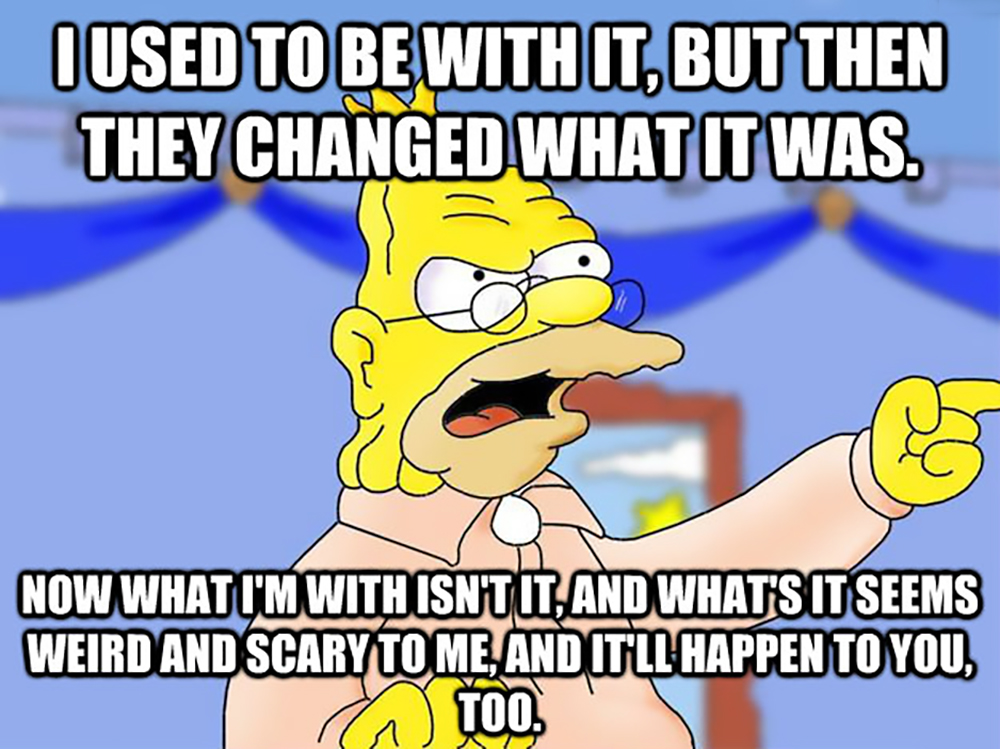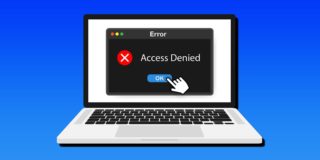Apple Music Subscriber Numbers Underscore Lackluster Debut

Apple revealed Thursday that its new Apple Music service has 11 million users thus far, but while that number was released with intended fanfare, it actually underscores the general disappointment with the service that I and many other users have experienced.
The Apple Music subscriber numbers arrived Thursday morning via a USA Today interview with Apple SVP and iTunes chief Eddy Cue, revealing that 11 million users have signed up for the on-demand music service, with 2 million of those users opting for the family plan. But while the USA Today article and many in the Apple community put those numbers in the context of their standard monthly fee — $9.99 per month for the individual plan, and $14.99 per month for the family plan — such revenue calculations are thus far meaningless.
As many know, Apple is late to the online music subscription game, arriving years after competitors like Spotify, Google Play, and Rdio, and a large portion of Apple’s target user base for Apple Music is already using, or has at least tried, one or more of these services. To overcome this market disadvantage, Apple launched Apple Music with a relatively impressive 3-month free trial. Unlike other music subscription services which offer free tiers or limited free trials for new users, Apple Music is free for everyone, but only for the first three months of its availability. With the service’s launch on June 30th, that means that no user will pay, nor will Apple collect user-derived revenue, until October 1st.
I thought this was a particularly good move on Apple’s part; the company planed to forego any free tier or standard free trial for individual users once the service was in full swing, so why not open the doors wide and eliminate the cost of entry, at least for a few months, for your hundreds of millions of adoring fans?
As it stands, Apple Music is pre-installed in the latest iOS and iTunes updates, meaning that the service automatically gains access to pockets and desktops of hundreds of millions of iDevice, Mac, and PC users in almost every country in which Apple does business. And actually signing up for Apple Music is easy, with users needing only to log in with their Apple ID and select a plan (there’s ample language during this process about the free trial terms and dates). Considering the reach that Apple Music has (far more from a pre-installed basis than that enjoyed by any of its competitors save perhaps Google/Android), the low cost of entry, both practically and financially, and the hype that Apple gives the service on its website, in advertising, and in its various apps like iTunes, having only 11 million users thus far is not only not something to celebrate, it is arguably appalling.
Looking at the Numbers
Although never providing exact figures, Apple frequently boasts about its ever-growing base of users with iTunes accounts. The latest figures put that number well north of 800 million. This is a huge, and often captive, user base that dwarfs any competition in the digital music space and could, should Apple execute carefully, be brought to bear to crush the Cupertino company’s competition.
The months following the end of the free trial will be the only real and true test of Apple Music’s impact on the industry
In the context of the free Apple Music trial numbers, however, this large starting point for Apple isn’t great news. Assuming exactly 800 million iTunes account holders (which, again, is certainly lower than the actual number), that means that only about 1.4 percent of Apple’s existing users have thus far signed up for the Apple Music free trial.
Now wait a minute, Apple fans are undoubtedly saying, the percentage doesn’t matter, the only important thing is the actual number, and how it compares to the competition (to which I first respond with “HA! Hypocrites!“). But yes, this is indeed a good observation, and when you look at both free and paid subscribers of competing online music services, things begin to look a bit better.
Based on data compiled by Fortune and supplemented by Spotify, Apple Music’s current 11-million-strong user base still falls short of the paying user base of Spotify (20 million), but is indeed larger than the paid subscribers of other competing services like Pandora (3.8 million), Rhapsody (2.5 million), and Tidal (0.9 million).
In a world where all of Apple Music’s users were paying customers, you could argue that it trails Spotify only because it’s so much newer, and you could further argue that it beats its other competitors thanks to its ubiquity and marketing push by one of the richest and most powerful companies in the world.
But we don’t live in that world. Right now, with Apple Music as free and easy to sign up for as possible, it’s only captured 1.4 percent of its potential market. To celebrate any numbers now, less than halfway through the free trial period, is not only not instructive, it’s arguably downright asinine.
I have no doubt that more users will join Apple Music before the free trial period ends, and that the Apple Music user base on September 30th will be larger than it is today, but make no mistake: on October 1st (well, actually more like November 1st, because I’m sure that millions of users will forget to cancel their membership before the free trial ends and end up angrily canceling only after their October credit card statement arrives), that subscriber number will plummet, and the months following that transition will be the only real and true test of Apple Music’s impact on the industry.
Singing Off Key
The long-term viability of locking post-millennials into a monthly payment plan is not looking good
Considering all of the factors acting in its favor, Apple Music should have a significantly larger user base than it does. So what’s the problem? Well, Apple may be its own worst enemy thanks to the company’s brilliant execution with the iTunes Music Store. Apple, for all intents and purposes, launched the (legal) digital music revolution, and throughout most of its history the iTunes Music Store has been a joy to use. Those 800 million iTunes account holders didn’t just sign up for Apple Music; the vast majority have been with the company for years. And while much of the iTunes ecosystem’s recent growth can be directly attributed to the App Store, hundreds of millions of Apple customers have become accustomed to buying and managing their music via iTunes.
For many of these users, the bulk of their music collection is already established. After ripping and importing their existing CD collections, some of Apple’s best customers spent years slowly acquiring new tracks and filling in gaps in their libraries via individual iTunes purchases. While there’s new music released all of the time, many of these users don’t need a service like Apple Music to enjoy their favorite classic hits — those songs are already in their personal iTunes libraries — and only users who are regularly spending more than $10 per month on new music (and plan to do so indefinitely) will come out on top, financially speaking, from an Apple Music membership.
On the other end of the spectrum is Apple’s most important consumer demographic: the post-millennial, “Generation Z” youth. I’ve already reached an age where I don’t understand half of this generation’s motivations and desires, but it appears from the outside that this group is consuming more and more content from “non-traditional” (can we use that word in an industry that’s only 12 years old?) sources.
Rather than buy a CD from Walmart, download songs à la carte from the iTunes Music Store, or even pay to subscribe to an on-demand streaming service like Spotify or Apple Music, post-millennials seem content to simply access the song or music video they like via YouTube, enjoy brief snippets of cover songs on Vine, or even share their own creations via services like SoundCloud. The long-term viability of locking this generation into a monthly payment plan for a relatively structured and closed ecosystem has yet to be seen, but it’s not looking good.
Continued on Page 2


















One thought on “Apple Music Subscriber Numbers Underscore Lackluster Debut”
It is important to understand one other aspect of this discussion that cannot be ignored: the various profiles of the ‘markets’ that this attracts. The easier it is to do something, the more ‘sticky’ the app and service is. Why would ANYONE change if they didn’t have to? If they are already set up on two or three devices why would they even start to jump on another?
thanks for the editorial